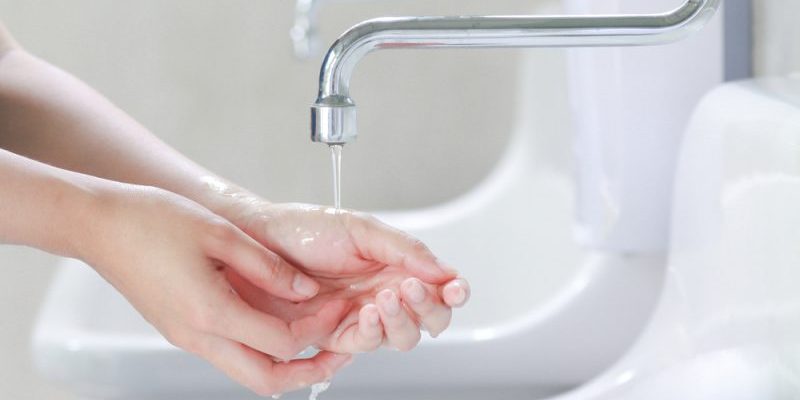Water filtration is an important way to purify water and make it fit for consumption. Water purity is very important and necessary to prevent waterborne diseases such as cholera. One of the easiest ways to purify water is by filtration. To use this water purification technique, the water is passed through a water filter (or filter bed) and in this process, heavy metals, herbicides, microbes, pesticides, and chemicals will be removed.
However, the size of the water filter determines the efficiency of the filtration process. Water filters are calibrated in different sizes depending on the size of the opening between the pieces of the filter media. This size is denoted in microns. In other words, the smaller the micron size of the water filters, the higher the efficiency of the filter. Typically, there are 20-micron filter, 10 micron filter, 5 micron filter, 1 micron filter and even smaller sized filters.
Water Filter Micron Sizes to Remove Bacteria
The water filter micron size you use should depend on the type of water purification you are looking for. For instance, to remove bacteria and cysts, you need water filter of about 1 micron. This is because bacteria typically have a width ranging from 0.2 to 2 microns and length ranging from 1 to 10 microns. This implies that a 1 micron water filter can remove up to 99% of bacteria in your drinking water. This is a very high efficiency water filter to remove bacteria.
Although very low micron filter is efficient in removing bacteria from water, it is not really safe. It is advisable to use chemicals like chlorine to kill bacteria before allowing it into house for consumption and usage.
Problems with Using Low-Micron Filter Sizes
The major downside of using low micron water filter is that sediment may clog the pores of the filter and therefore impede the flow rate. The cost of sacrificing the flow rate may be high and this could make it difficult to decide on using low micron water filter.
But you can actually deal with this issue by installing up to three different sizes of water filters and passing the water through the different filters to ensure that the filtration would be highly efficient.
For instance, the sediment problem can be overcome by first passing water through a water filter with micron size of 20 micron and then a 5 micron water filter and finally a 1 micron water filter. The benefit of this is that the first prefilter (20-micron water filter) would remove a greater percentage of the sediments. Smaller sized sediments will be removed by the 5 micron water filter and therefore largely reducing the amount of sediments that would pass through the 1 micron water filter. The problem of sediment is prevented and the water filtration process can be made as efficient as possible.
In conclusion, the adequate water filter size to use is 1 micron but to overcome the problem of sediments, you may want to install larger sized prefilters to remove the sediments before passing through the 1 micron water filter.



